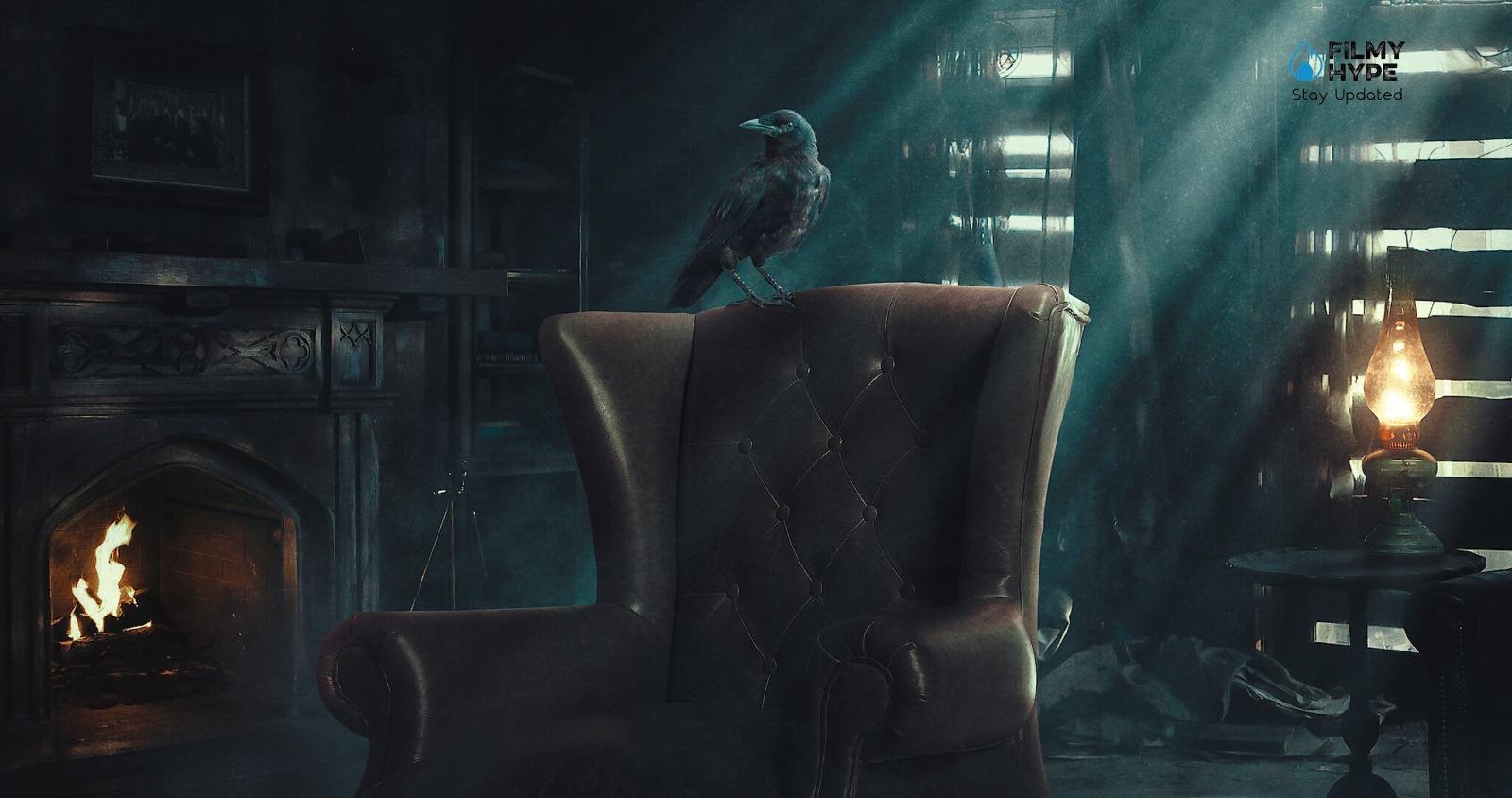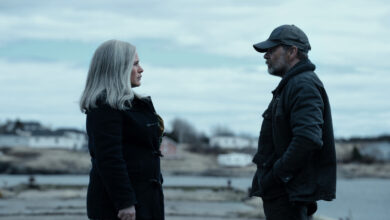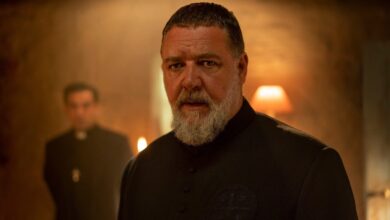“The Raven” In The Fall of the House of Usher: A Symbol Of Death Explored!
The Netflix series The Fall of the House of Usher is a contemporary reimagining of the work of Edgar Allan Poe. The original tale, centered on Roderick Usher’s grief over the death of his twin sister, Madeline, and their connection to the Usher ancestral mansion, was expanded in the series to include elements such as a diabolical pact, pharmaceutical fraud, and other Poe tales. Furthermore, the series incorporates the author’s poems, notably “The Crow” which plays a crucial role in the plot. Let’s explore how this raven, inspired by Poe’s poem, is reinterpreted in the series and what it symbolizes.
The Original Poem: “The Raven” by Edgar Allan Poe
“The Raven” is an iconic poem by Edgar Allan Poe that tells the story of a desolate individual remembering his beloved, Lenore, at midnight. As he reflects on the loss of Lenore, he hears a knock at the door, but no one is there. The poem evokes a dark mood, with curtains moving and the narrator hesitating to open the door. When he finally does, he finds only darkness. He murmurs Lenore’s name, hearing her name echo. Then, a knock on the window reveals the entrance of a raven, which lands on a bust of Pallas, the Greek goddess associated with wisdom and the art of war. The narrator tries to interact with the raven, expressing his despair and desire to forget Lenore, but the only response he receives is the enigmatic “never again.” The poem delves into the depths of melancholy, exploring themes of loss, sadness, and the impossibility of escaping the pain of the past.
“The Raven” in Netflix’s The Fall of the House of Usher
In the series The Fall of the House of Usher, the raven is a symbol that plays a significant role in the development of the plot. Roderick and Madeline Usher find a stuffed raven in Verna’s bar following the murder of Rufus Wilmot Griswold, the former owner of the Fortunato estate. Roderick realizes that keeping a raven in a place of business is an omen of bad luck, while Verna argues that in some cultures, ravens are considered auspicious. However, in the series, the raven clearly represents death, associated with the character of Verna, who plays the role of a kind of reaper. As the story develops, the crow reappears at crucial moments. When Roderick, Madeline, Arthur Pym, and Lenore bury Frederick and Tamerlane, Roderick sees the raven again, which makes him realize he is nearing the end of his life. He understands that he is in the last chapter of his existence and that he will soon lose the person he loves most, Lenore.

She is the last descendant of the Usher family and the only person left in the stately Usher household, which offers her the opportunity to seek some kind of closure. However, the final conversation between Roderick and Lenore is heartbreaking, as she discovers the tragic fate that awaits the Usher family due to her grandfather’s greed. Roderick chooses not to reveal the truth to Lenore, and she only finds out when she enters her room and finds Verna waiting to end her life. When Roderick discovers Lenore’s body, he sees the raven inside the house and follows it until it lands on the bust of Pallas. At that moment, Roderick’s disembodied voice recites Edgar Allan Poe’s iconic poem, underlining what he feels, while the raven watches him. However, the crow only caws and does not repeat the famous “never again.”
The Interpretation in The Fall of the House of Usher
One of the main differences between the poem “The Raven” and its adaptation in the series The Fall of the House of Usher is the relationship between Roderick and Lenore. In the original poem, Lenore’s situation is ambiguous, while in the series, it is clear that Lenore is dead. This distinction makes the cause of the narrator’s sadness in the series more evident. However, Roderick, the protagonist, is not a character who inspires compassion, as we know that he committed reprehensible acts. Our compassion turns, then, to Lenore, whose literary version was vaguer and who did not deserve the fate she met.
It is interesting to note that, in the series, the raven does not repeat the “never again” characteristic of Poe’s poem. This can be interpreted in two ways: as a sign that since the Usher family has come to an end, it will no longer pose a threat to the world, or as a representation of how humans can create replicas of their loved ones, but these will never be the same as the real people they may have taken for granted while they were alive. The series reminds us that although we can try to recreate the past and the people we have lost, reality will never live up to our memories and desires.
The End of the Series
The outcome of The Fall of the House of Usher is faithful to Edgar Allan Poe’s original tale, with the House of Usher collapsing on Roderick and Madeline, as the series’ narrator, Auguste Dupin, looks on. Although the original poem does not mention a raven, the series ends with Verna atop the wreckage of the Usher mansion, literally transforming into a raven and flying away on a stormy night. This reinforces the mortal and demonic nature of the raven, which presented itself before the Usher to tempt them into a fatal agreement. The series warns us not to make deals with people whose name is an anagram of “Raven” and who have a stuffed crow in their imaginary bar. It is a reminder that our actions and choices can lead to dark and irreversible outcomes. The raven, which symbolizes death and the tragic fate of the Usher family, is a powerful representation of the darkness that can haunt our lives.
Netflix’s The Fall of the House of Usher offers a unique, contemporary take on a classic story while keeping the essence of Edgar Allan Poe’s legacy alive. The raven as a symbol remains as intriguing and powerful as it was in the original poem, reminding us that horror and tragedy can take many forms, but their presence is undeniable. The series warns us about the relentless nature of destiny and encourages us to reflect on the consequences of our actions. So, as we watch this modern adaptation, we are reminded that the raven, like Poe’s narrator, is an ambiguous symbol that can contain many meanings. It represents death, tragedy, and the inescapable, but it also makes us question our own choices and the way we face loss and desolation.
The Fall of the House of Usher is a reminder that, like the narrator of “The Crow” we should not underestimate the power of symbols and the dark forces that can inhabit our lives, especially when we make deals with sinister entities. In The Fall of the House of Usher, we are confronted with the inevitability of fate and the consequences of our choices, while the raven’s constant presence reminds us that the past is never completely buried. Death and sadness can take many forms, but their influence persists, just like the echo of “never again” that resonates in our minds.






